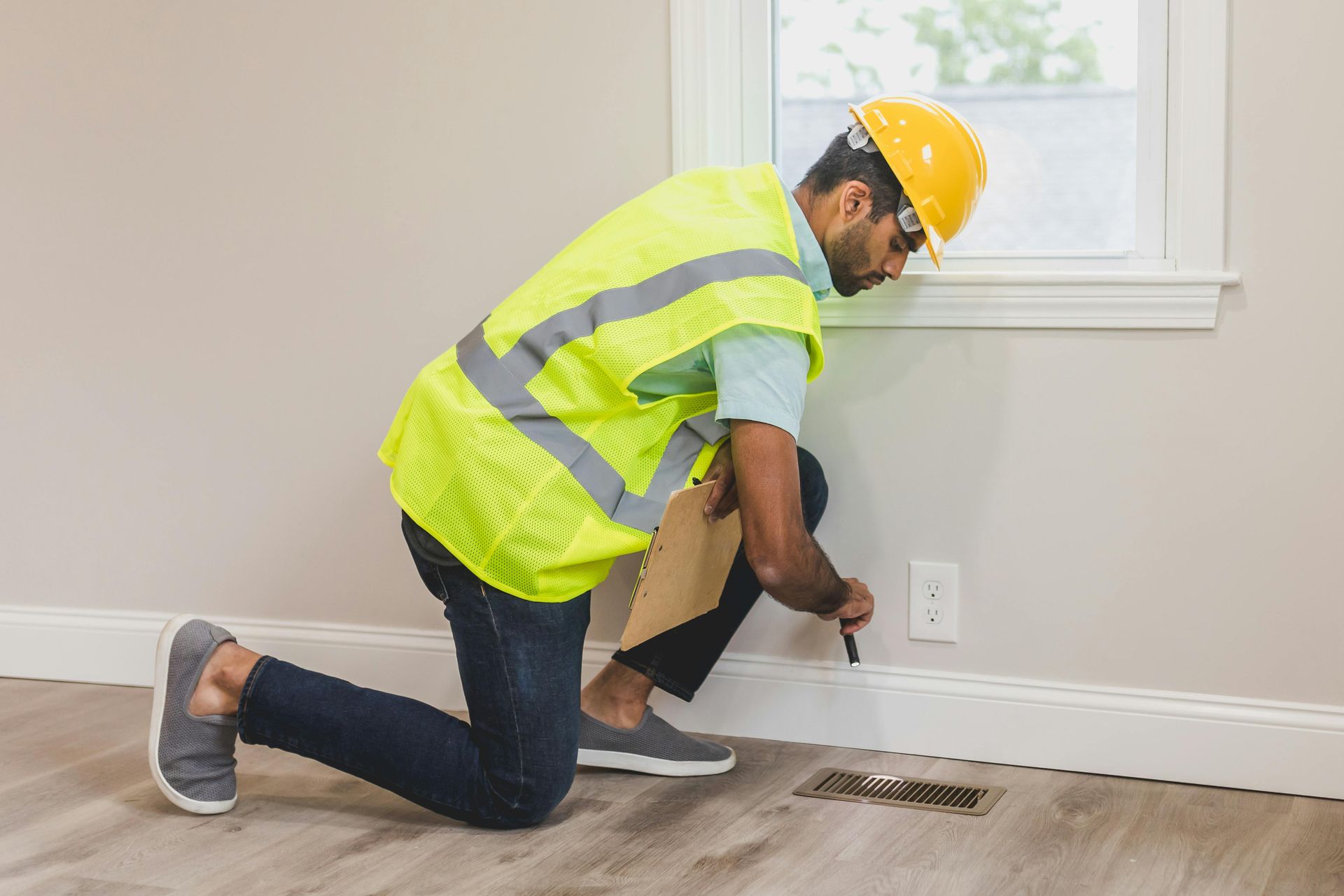Radon Mitigation - Contracts and Documentation
So your radon test results were above the EPA action level of 4.0 pCi/L; what now?
The EPA recommends that contractors provide the following written information to clients prior to the initiation of work:
1. The contractor's EPA RPP mitigation service provider identification number.
2. A statement that describes the planned scope of work that includes an estimate of the time needed to complete the work.
3. A statement describing any known hazards associated with chemicals used in or as part of the installation process.
4. A statement indicating compliance with and implementation of all EPA standards and those of other agencies having jurisdiction (e.g., code requirements).
5. A statement describing any system maintenance that the building owner would be required to perform.
6. An estimate of the installation cost and annual operating costs of the system. and
7. The conditions of any warranty or guarantee. The EPA recommends that RPP-listed mitigation contractors keep records of all radon mitigation work performed, and maintain those records for three years, or for the period of any warranty or guarantee, whichever is longer.
These records should include:
1. The Building Investigation Summary and floor plan sketch.
2. Pre- and post-mitigation radon test data.
3. Pre- and post-mitigation diagnostic test data.
4. Copies of contracts and warranties. and
5. A narrative or pictorial description of the mitigation system(s) installed. Other records or bookkeeping required by local, state or federal statutes and regulations shall be maintained for the period(s) prescribed by those requirements.
The EPA recommends that health and safety records, including worker radon exposure logs, be maintained for a minimum of 20 years.
Upon completion of the mitigation project, contractors shall provide clients with an information package that includes:
1. Any building permits required by local codes.
2. Copies of the Building Investigation Summary and floor plan sketch.
3. Pre-and post-mitigation radon test data.
4. Copies of contracts and warranties.
5. A description of the mitigation system installed and its basic operating principles.
6. A description of any deviations from the RMS or state's requirements.
7. A description of the proper operating procedures of any mechanical or electrical systems installed, including the manufacturer's operation and maintenance instructions, and warranties.
8. A list of appropriate actions for clients to take if the system-failure warning device indicates system degradation or failure. and
9. The name, phone number, and EPA RPP mitigation service provider identification number of the contractor, and the phone number of the state radon office.
Share this blog!



